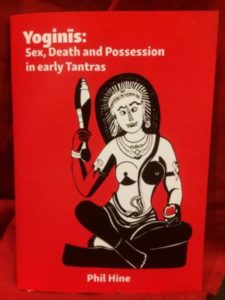Jottings: On Kubera, wealth and character
I’ve been neglecting enfolding of late, as I’ve been absorbed in other writing projects that have diverted my attention (more of which, another time). It struck me recently though, that one way of getting back into a regular posting regime would be to try and write about some of the material I’ve been reading of late.
Most recently, I’ve been doing some research on Kubera, the Hindu god of wealth. Google Kubera and you’ll see that he is indeed a popular Indian deity when it comes to petitioning the gods for matters of finance and money and there is an abundance of websites detailing Kubera’s mantras, yantras, and puja: even online pujaris willing to do Kubera Puja for you for a reasonable fee.
You might expect then, for a god of wealth, there would be a corpus of material dealing with Kubera’s character and highlighting Kubera’s generosity and willingness to part with his treasures for the needy and the worthy. But no, it’s not that simple. Indeed, one might say that he has something of a reputation for being miserly. Some of the stories in which Kubera makes an appearance seem to me to indicate a tension in the relationship between wealth and the other major life-goals (Kama, Dharma, Moksha). Here are two sources which I think illustrate the complexity of Kubera and these tensions. Continue reading »

